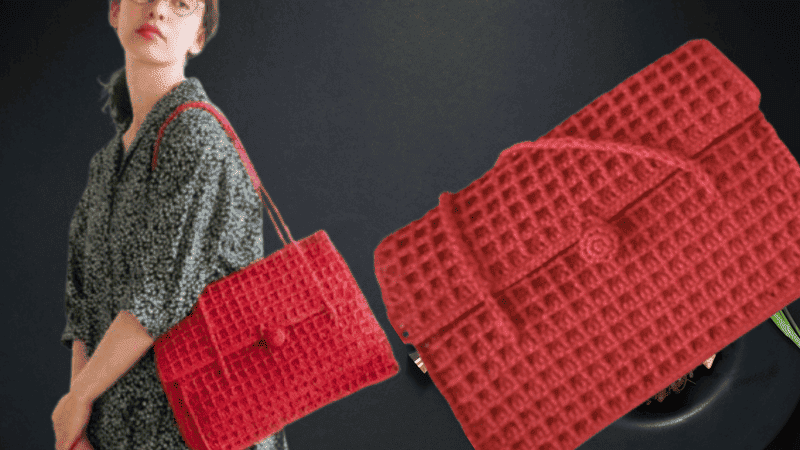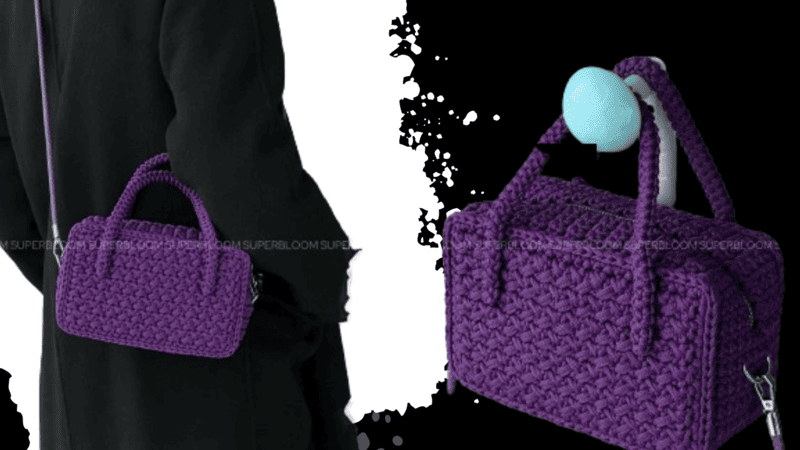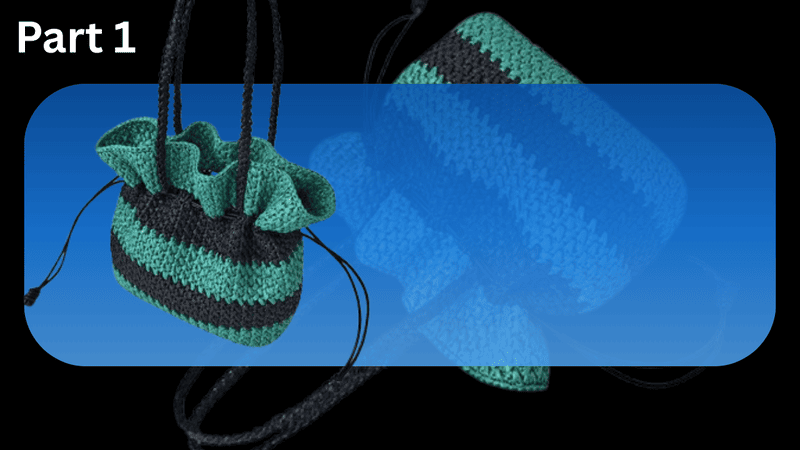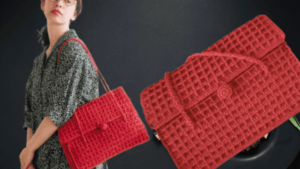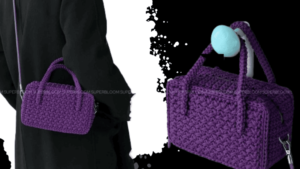Single Crochet Vs Half Double Crochet: Which One Should We Choose?
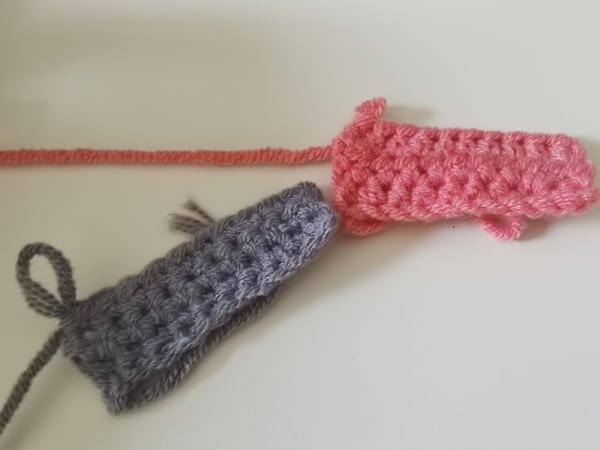
Table of Contents single crochet vs half double crochet
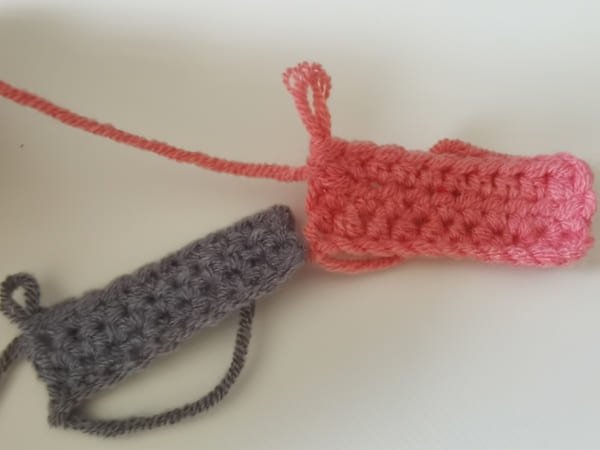
Single crochet vs half double crochet: as soon as we grab a crochet hook and yarn, our very first choice often dictates the rest of the project: which stitch to work. For newcomers or anyone circling back to the fundamentals, that fork in the road frequently lands on two reliable contenders: the single crochet (sc) and the half double crochet (hdc).
Both stitches have earned their place in nearly every cro-tetter’s toolkit, boasting unique characteristics that make them well-suited to different tasks.
The single crochet delivers a dense, sturdy fabric that holds its shape wonderfully; it excels in items needing durability, like pot holders or amigurumi figures.
The half double crochet, by contrast, strikes a balance between height and structure, producing a fabric that is loftier yet still resilient enough for scarves, blankets, and bags. Understanding when to favor one stitch over the other can elevate a finished piece, so in the following paragraphs we will compare their techniques, appearances, and typical applications to help you choose with confidence on your next project.
What is single crochet?
Let’s begin with the fundamentals. The single crochet (sc) is the shortest and tightest of all common crochet stitches. It forms a compact, firm fabric with minimal space between stitches. This stitch is ideal when structure or minimal stretch is needed.
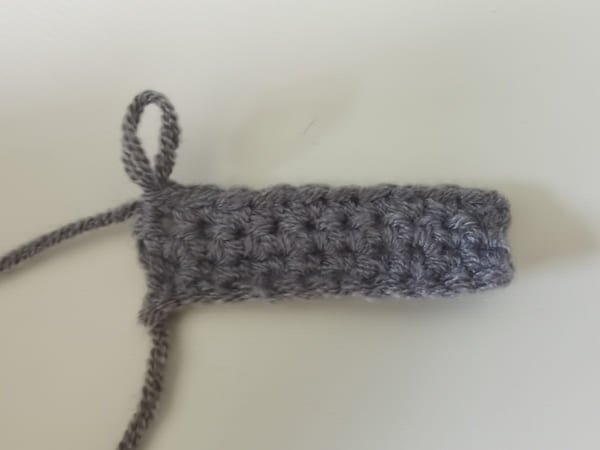
What are steps in performing single crochet?
- Insert our hook into the stitch
- Yarn over (yo) and pull up a loop (2 loops on hook).
- Yarn over again and pull through both loops on the hook.
That’s it; simple is it? Often beginner-friendly, this stitch does not incorporate too many steps.
What is half double crochet?
The half double crochet stitch—generally abbreviated as “hdc”—is commonly situated between the single crochet and the double crochet in terms of finished height. It rises higher than a single but falls short of a double, presenting a balanced vertical profile that combines a degree of firmness with a slight openness. Because of this hybrid quality, hdc has become a favored choice among crocheters who need both structure and flexibility across a wide range of patterns.
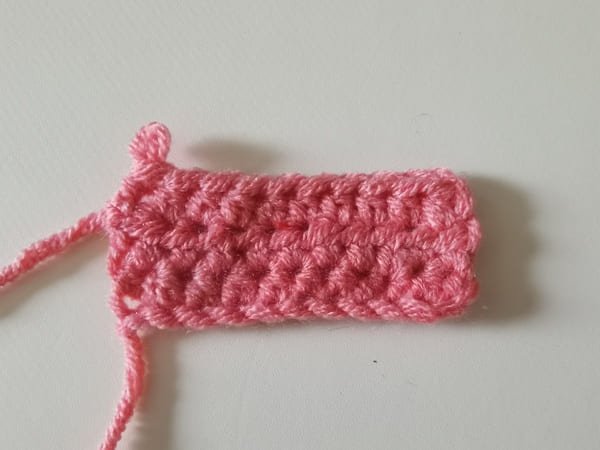
What are steps in performing half double crochet ?
If you are looking to incorporate the stitch into your work, the procedure is straightforward and can be mastered with a little practice.
- Begin by yarn-over before you accept the hook into your intended stitch.
- Yarn-over again to retrieve a loop, which will leave you with three loops resting on the hook.
- Complete the stitch by yarn-over one last time and drawing through all three loops at once.
The initial yarn-over is what grants the half double its characteristic lift while softening the texture compared to its single counterpart.
Key differences between single crochet vs half double crochet
Here’s a quick snapshot of how single crochet and half double crochet stack up side by side. Once you see the details, picking the right stitch for your project gets a whole lot easier.
| Feature | Single Crochet (sc) | Half Double Crochet (hdc) |
|---|---|---|
| Height | The shortest everyday stitch | Taller than single crochet |
| Fabric Texture | Dense and almost stiff | Soft with a gentle drape |
| Stitch Structure | Very tight, hardly any gaps | Looser, you can spot the holes easily |
| Speed | Takes time to build | Grows faster than single crochet |
| Yarn Usage | Uses the least yarn | Needs a bit more yarn |
| Common Uses | Amigurumi, potholders, sturdy items | Garments, blankets, hats, texture patterns |
| Stitch Count per Inch | More stitches per row | Fewer stitches per row |
Now that the side-by-side comparison is in front of you, let’s look at real-life reasons why you might grab one hook over the other.
When to reach for single crochet
Single crochet is that reliable friend you can count on whenever you need extra tightness or control in your work.
Great for amigurumi
Stuffed animals and plush toys practically demand single crochet. The snug little stitches keep the stuffing from peeking out, and they help the toy keep its shape even after hours of play.
Built for tough, sturdy projects
Picture hot pads, pot holders, or sturdy shopping bags—these items need a fabric that won’t sag when you put them to use. Because single crochet is dense, it stands up to heat and heavy handling, making it the obvious choice.
Spot-on for color work
When you’re in the mood for color, single crochet gives you a solid background to play on. It holds yarn securely, so when you try tapestry crochet, the colors stay exactly where you put them without bleeding through to the back.
When half double crochet steals the show
Half double crochet introduces a gentle softness and just enough height to slip between the stiff and the floppy.
A winning pick for garments
Sewing up a sweater, cardigan, or baby outfit? Half double gives the fabric a lovely drape—soft enough to cuddle, sturdy enough to wear every day.
Blanket
With half double, you can cover ground fast. Row after row you’ll find the fabric stays warm, weighty, and irresistibly cozy, perfect for movie nights on the couch.
A cozy ribbed look
When you stitch into the back or third loop of a half double crochet, the fabric takes on a nice ribbed, almost knit-like feel. Sc does a great job for many things, but it just doesn’t give us that same cozy texture.
Common projects: single crochet vs half double crochet
When you sit down with your yarn and hook, the type of project you choose can help narrow down the perfect stitch. Here’s a quick guide that matches some popular crochet items to the stitches that usually do them the most justice.
| Project Type | Best Stitch | Why We Recommend It |
|---|---|---|
| Amigurumi | Single Crochet | The tight, tiny rows keep stuffing from peeking out. |
| Tote Bags | Single Crochet | Dense enough to hold weight without sagging. |
| Washcloths | Either | SC feels scrubby; HDC is plusher and more absorbent. |
| Blankets | Half Double Crochet | Works up fast and drapes softly across your lap. |
| Hats & Beanies | Half Double Crochet | Gives a stretchy finish that hugs the head. |
| Cardigans & Tops | Half Double Crochet | Lightweight feel lets the fabric flow nicely. |
| Pillows | Either | Your choice decides if you want a firm or fluffy look. |
| Table Mats | Single Crochet | Creates a flat, sturdy surface for plates and cups. |
Choosing the right stitch can make or break a project, so start here and make any item even better.
Can we combine both stitches?
Certainly, many of the most engaging crochet patterns successfully combine single crochet and half-double crochet to produce interesting textures, visual contrast, and gentle shaping. The interplay between the two stitches enhances the character of a piece without requiring advanced skills. Here are a few practical applications.
Stripes represent the simplest approach: working alternating rows of single and half-double creates a pleasingly bumpy yet balanced surface that feels intriguing to the touch. Ribbing benefits from the same combination; by placing the half-double stitch into its third loop, next to a foundation of single crochet, you generate a dimensional band that resembles classic knit ribs, broad enough to lie flat but elastic enough to hug edges. Lastly, the versatility of these two stitches unlocks new possibilities for shaping—use tighter single crochet where you need structure, such as cuffs or contours, and switch to half-double where a little extra give or curve is advantageous, like around a neckline or body seam.
Spending a few minutes experimenting with both stitches in a single project can add unexpected personality and fine detail to what might initially seem like an everyday design.
Tips for switching between single crochet vs half double crochet
Making the jump from single crochet (sc) to half-double crochet (hdc) is pretty common, especially when a project calls for just a bit more texture or height. Here are a few tips to help that switch feel natural and keep your work looking tidy.
Adjust your turning chain. With single crochet, you typically use a chain-one to start the next row. For hdc, bump it up to a chain-two. This little difference gives your work a nice, level edge instead of a strange dip or ridge.
Check your gauge. Hdc stitches sit a little taller and wider than sc ones. If you’re mixing the two—for instance, using sc for the main body and switching to hdc for a trim—take a quick swatch first. You’ll save yourself frogging time later, and the finished piece will fit better.
Mind your tension. It’s easy for hdc to sneakily match sc tension if you’re squeezing the yarn tight. While that may look okay at first, the fabric ends up stiffer and loses its drape. Try to keep your hdc stitches loose enough to let the fabric slouch the way you want.
Smooth Out the Edges. Swapping stitches can leave the edges looking a bit lumpy. To hide uneven heights, practice a tidy transition—maybe work one hdc into the last sc before the change—or simply finish with a fun decorative border. Either trick keeps the look clean without extra hassle.
Which stitch should we choose?
Trying to pick between single crochet and half double crochet? You’re not alone! Each stitch has its own personality, and the right choice depends on what project you have in mind. Here’s a quick breakdown to help you out.
Go for single crochet when
- Density is key. Single crochet creates a very tight fabric. This is why it’s the go-to for amigurumi toys that need to hold stuffing in place.
- Color work is on your list. Because the stitch is short, those little color changes stay neat and behave better than with taller stitches.
- You need control. Single crochet gives you fine detail and structure. If you’re crocheting a lacy edge or working in the round and want perfect symmetry, single is usually the hero.
Pick half double crochet when
- You want a soft drape. Half double crochet has enough height to let yarn breathe while still keeping a bit of firmness, making it great for shawls and light garments.
- Blankets and sweaters call your name. The extra loft speeds things up and feels comfy against the skin.
- Texture matters. The little row of “V”s sits higher, inviting stitches like bobbles and post stitches to really pop.
In short, reach for single crochet when your project asks for armor, and grab half double when it craves a cozy hug. Happy stitching!
Frequently Asked Questions (FAQs)
Is half double crochet softer than single crochet?
In general, the half double crochet (hdc) stitch produces a fabric that feels a bit more flexible and plush than single crochet (sc). This quality can be particularly appreciated when the project is a wearable garment, as the added softness contributes to overall comfort against the skin.
Can hdc be used in amigurumi?
Technically it can, but many crocheters would advise against it. Because the hdc stitch is slightly taller and therefore leaves a more open weave, stuffed filling can easily poke through the gaps. For amigurumi figures that need a compact, sturdy fabric, single crochet remains the safer and more popular option.
Which stitch is better for someone just starting?
Single crochet is often taught first because its mechanics are straightforward and easy to master. Once a beginner gains confidence with that foundation, half double crochet tends to become a favorite due to its quicker buildup and pleasing texture.
Reference sources
1.Learn the most comprehensive guide for single crochet(sc)
Author:Sarah Stearns
Publication date: on June 15, 2021, updated:December 14, 2024
Title: How to single crochet (sc)for beginners
Summary as blow:
- Step-by-Step Single Crochet for Beginners
- Single Crochet into a Foundation Chain
- Single Crochet into another Row
- Single Crochet in the Round
- Increases and Decreases
- Working Single Crochet in Different Loops

